From Nov. 2025 to Jan. 25, 2026, the Museo della Permanente in Milan will host a retrospective exhibition dedicated to Jack Vettriano (1951-2025), a recently deceased Scottish artist who is among the most beloved by international audiences. The exhibition, curated by Francesca Bogliolo and organized by Chiara Campagnoli, Deborah Petroni and Rubens Fogacci of Pallavicini s.r.l., in collaboration with Jack Vettriano Publishing and with the coordination of Beside Arts, brings together more than eighty works spanning the artist’s entire creative parabola, restoring to the visitor the cinematic charm and melancholy dimension of his painting.
The exhibition includes eight oils on canvas, a selection of one-off works on museum paper, the cycle of photographs taken by Francesco Guidicini in the artist’s studio, and a video in which Vettriano traces his training and reflects on the evolution of his pictorial language. Guidicini, an official portraitist for the Sunday Times and author of shots now housed at the National Portrait Gallery in London, sensitively documents the dialogue between the artist and his creative space.
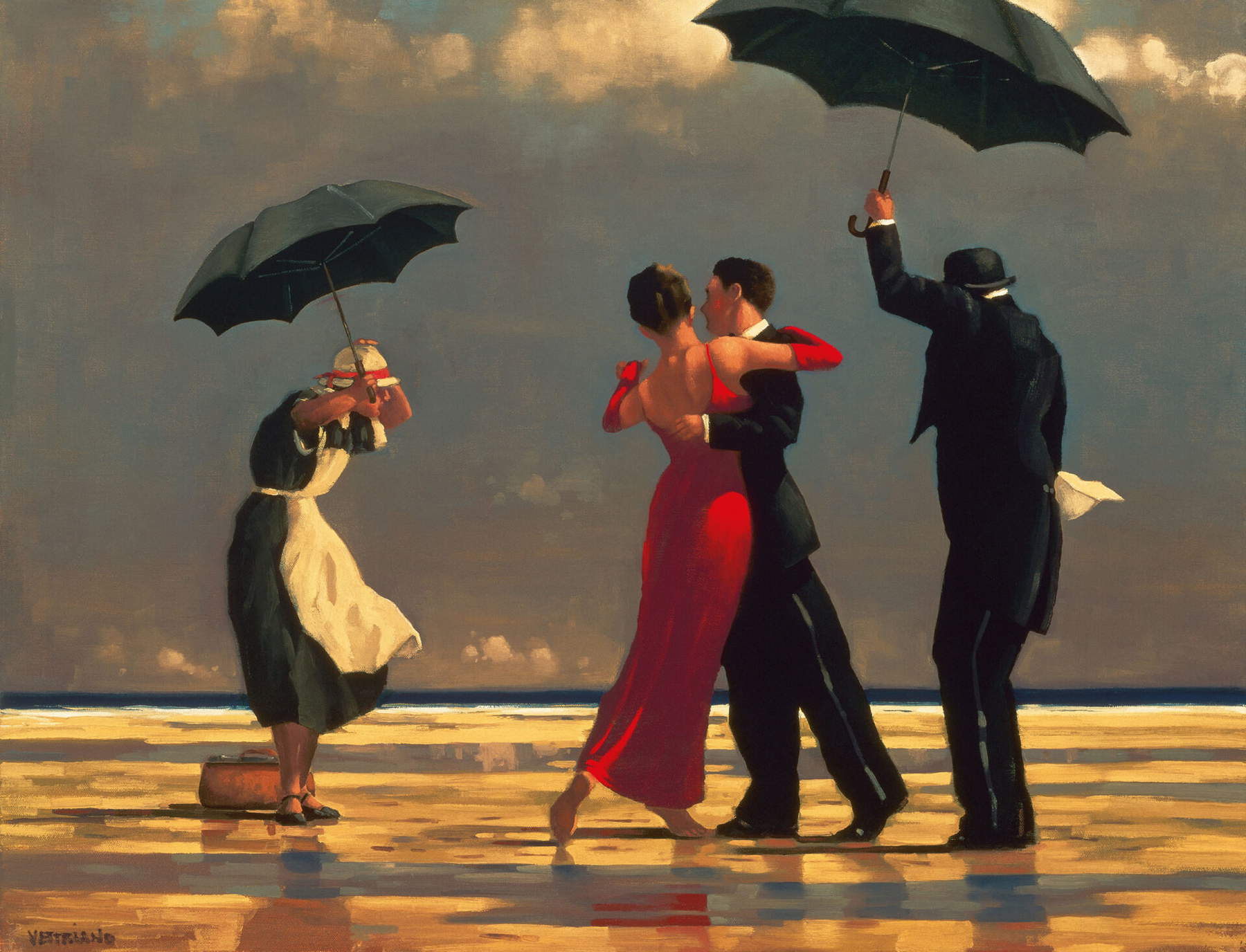
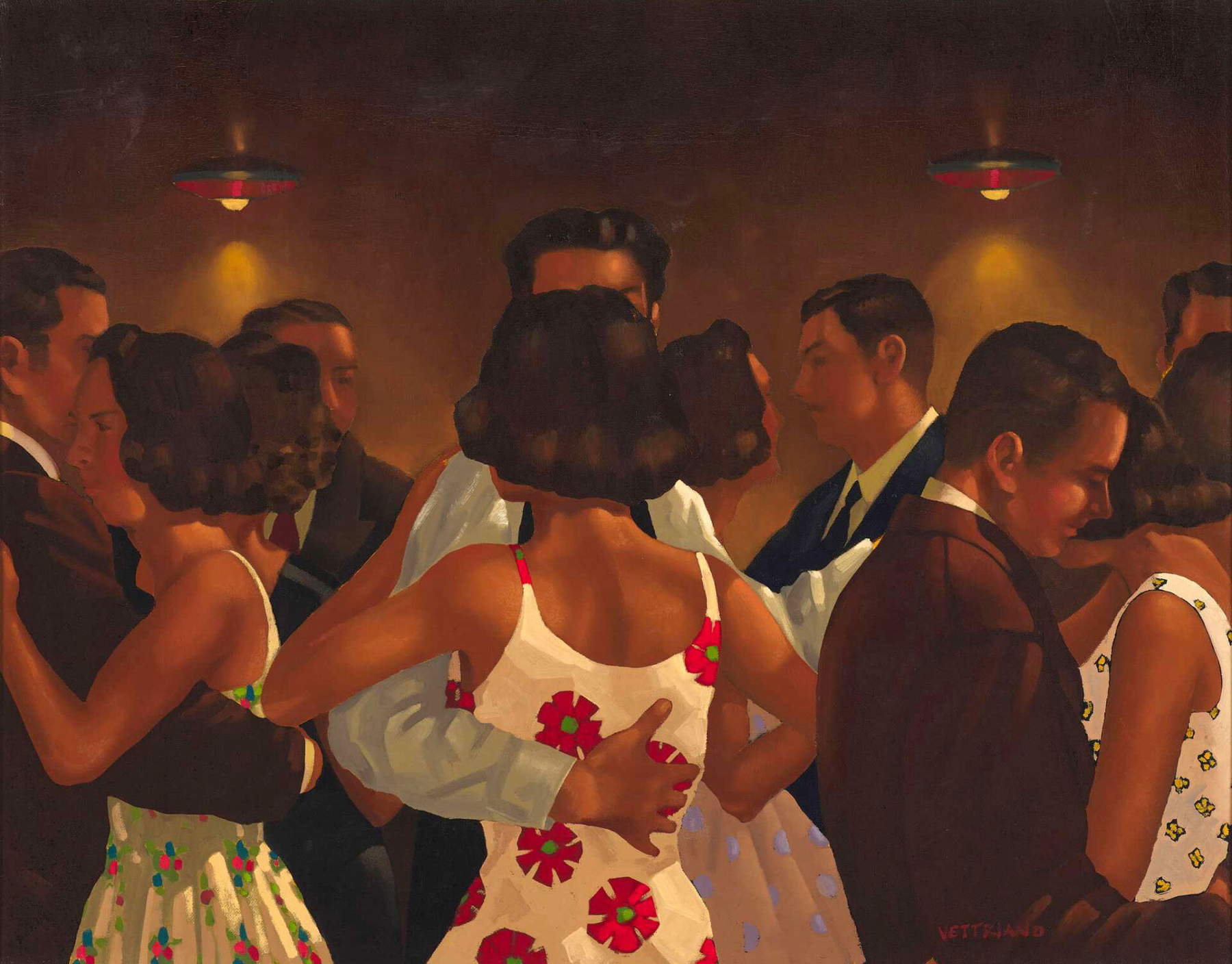
The story of Jack Vettrian, born Jack Hoggan in the Scottish county of Fife, has often taken on the contours of a symbolic tale. The son of a family associated with the coal industry, he began working as a child to contribute to household finances. At sixteen he dropped out of school to employ himself as an apprentice mining technician, and only later, at age twenty-one, did he discover painting thanks to a simple gift: a set of brushes and watercolors he received for his birthday. As a self-taught artist, he began to study the Old Masters and Impressionist painters, gradually refining a figurative sensibility capable of combining realism and introspection. He made his official debut in 1988 at the Royal Scottish Academy in Edinburgh. It was the beginning of an astonishing artistic journey: on the first day of the exhibition, both of his paintings sold. Moving to the Scottish capital, Hoggan adopted the stage name Vettriano, inspired by the surname of his mother, the daughter of an Italian emigrant originally from the province of Frosinone.
Official critics for a long time eyed his painting with suspicion, accusing him of indulging in an aesthetic considered popular and replicating visual formulas that were too accessible. However, it was precisely this immediacy that made Vettriano one of the artists most appreciated by the public, capable of constructing visual universes imbued with emotional tension and restrained sensuality. His scenes, often set in hotels, ballrooms or elegant interiors, tell of ambiguous relationships, encounters charged with desire, moments suspended between passion and distance. His most famous painting,The Singing Butler, has become a contemporary icon: in 2004 the work was auctioned at Sotheby’s for nearly £750,000, a figure that confirmed the artist’s popular success. The image, which depicts a couple dancing on the beach in the pouring rain, protected by a maid and an umbrella-wielding butler, restores Vettriano’s poetic signature: a twilight romanticism imbued with nostalgia and retro elegance.
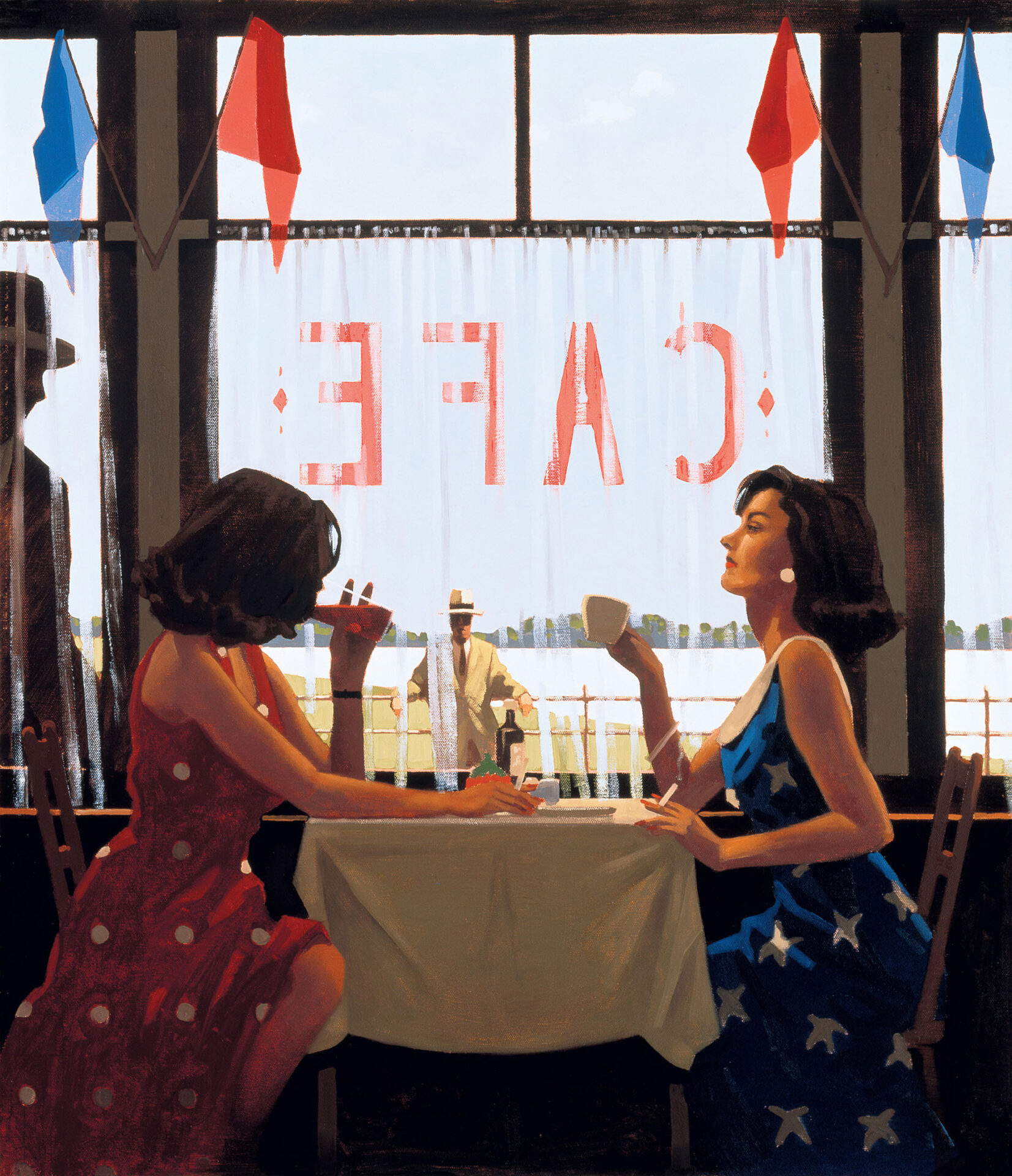
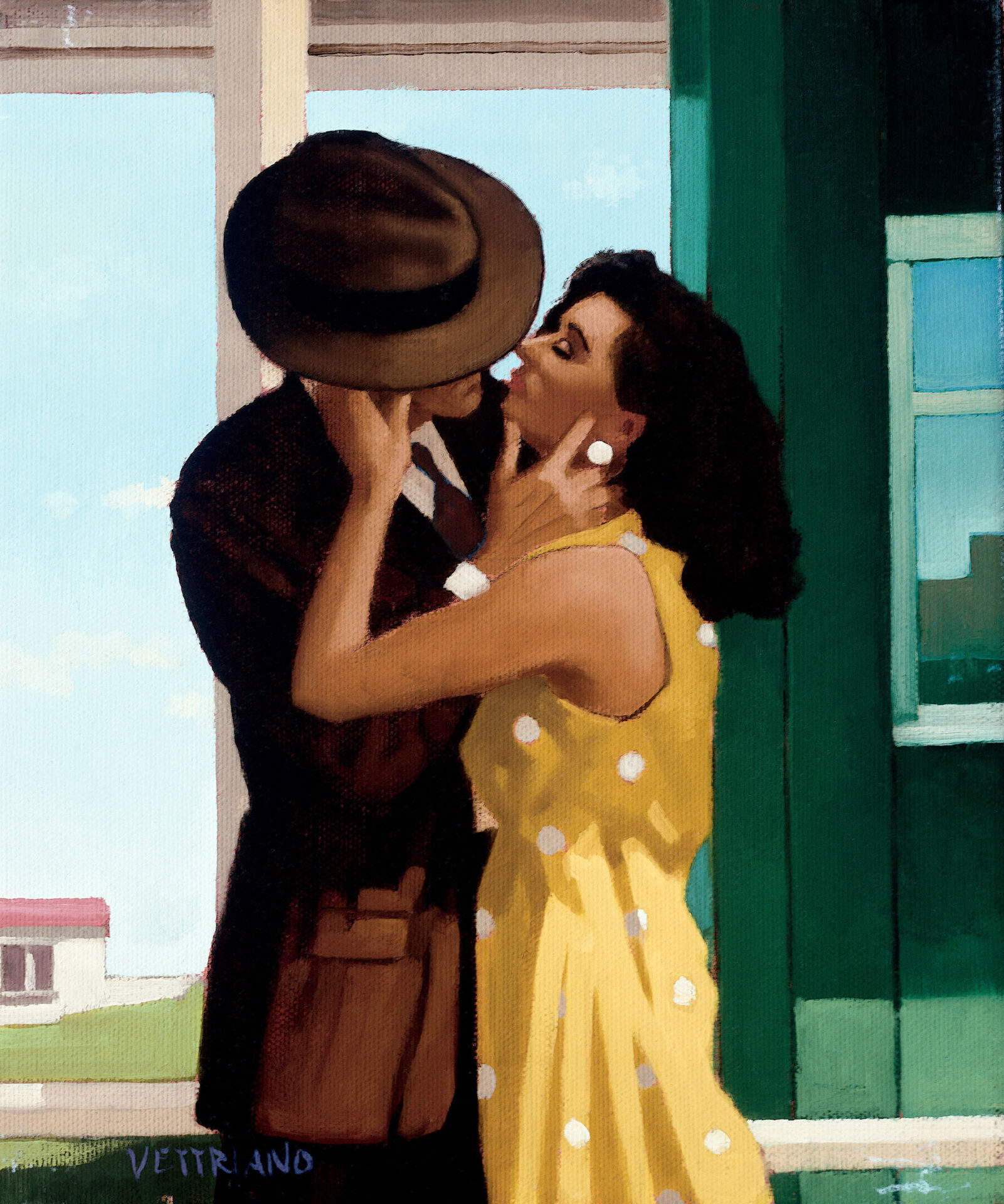
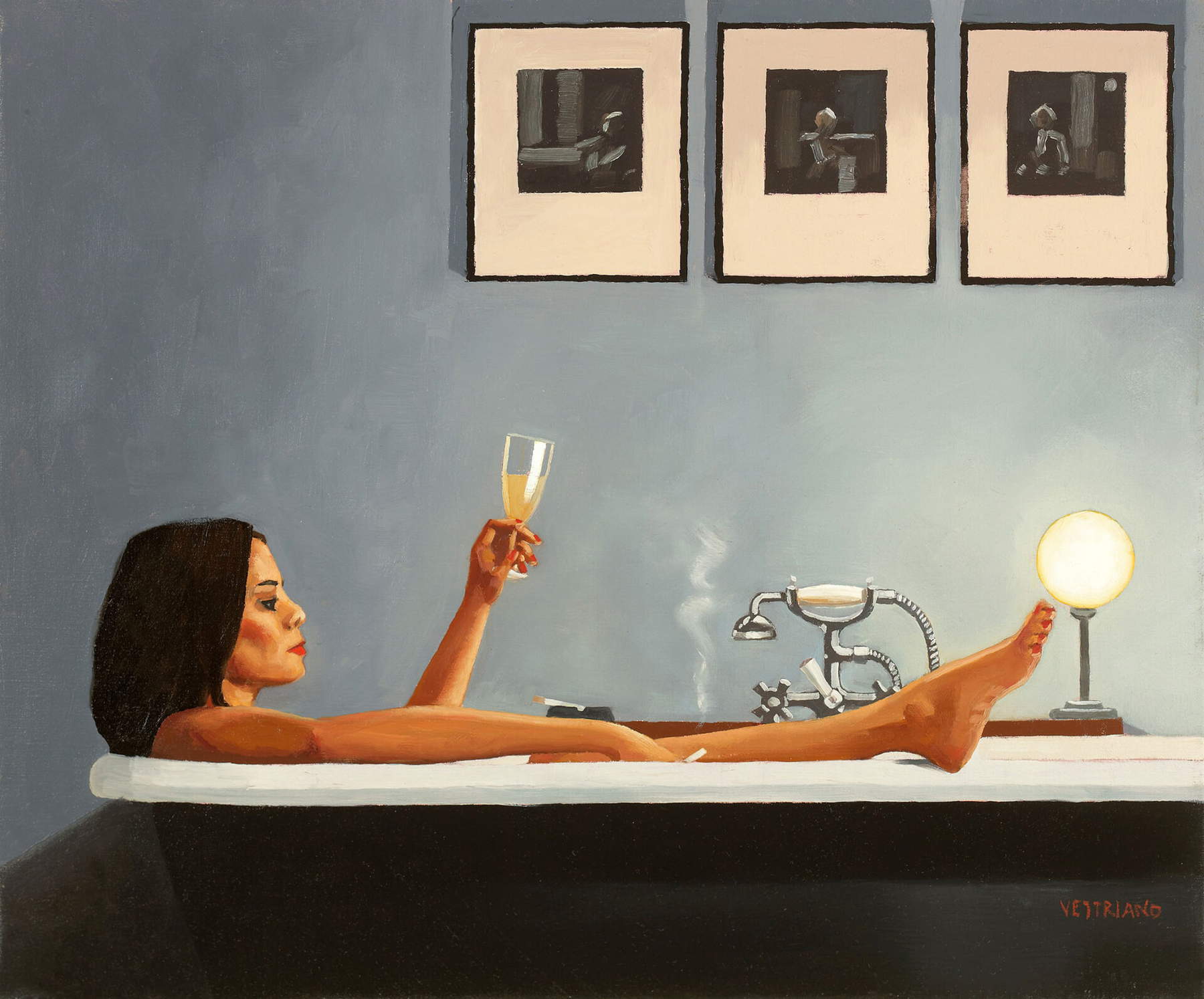
In the same year, Queen Elizabeth II awarded him the OBE (Order of the British Empire) honor for services to the visual arts, recognizing the value of a path that, while outside the box of the academy, contributed significantly to British visual culture. Vettrian passed away in 2025 in Nice, leaving behind a body of work that combined introspection, sensuality and a sense of storytelling. The Milan exhibition, accompanied by a catalog published by Pallavicini s.r.l. (29 euros), offers the Italian public an opportunity to retrace the story of an artist who, while remaining on the margins of critical institutions, was able to construct a recognizable and deeply human imagery, suspended between dream and disenchantment.
Born in 1951 in Fife, Vettriano developed a figurative language strongly influenced by the American painting of Edward Hopper and the atmospheres of classic cinema. His compositions, often dominated by artificial light and warm, contrasting tones, evoke narrative suggestions and hint at a narrative that continues beyond the depicted scene. The link with popular culture, with advertising posters and with the imagery of 1950s noir emerges in many works where the protagonists seem like characters from a film never shot, caught in a moment of silent tension.
In 1992 he presented his first solo show at the Edinburgh Gallery, Tales of Love and Other Stories, and two years later he began a collaboration with Portland Gallery that would last until 2007. During that time he exhibited in London, Hong Kong and New York, finding admirers among such personalities as Jack Nicholson, Sir Alex Ferguson and Sir Tim Rice. In 1998 he moved to London and produced exhibitions such as Between Darkness and Dawn, Lovers and Other Strangers and Affairs of the Heart, which consolidated his international reputation.
The year 2004 marks the high point of Vettriano’s career: in addition to the success of The Singing Butler and the OBE honor, the British network Southbank dedicates to him the documentary Jack Vettriano: The People’s Painter, which analyzes his journey and public reception. In the following years he continued to work intensively: in 2008 he painted portraits of Sir Jackie Stewart and Zara Phillips; in 2009 he founded the publishing house Heartbreak and opened the eponymous gallery, a landmark for his production.
In 2013, the Kelvingrove Art Gallery and Museum in Glasgow dedicated a major retrospective to him, Jack Vettriano: A Retrospective, which drew more than 123,000 visitors, breaking the attendance record held by a Van Gogh exhibition in 1948. In 2017 he is among three artists selected to portray Scottish comedian Billy Connolly, and in the same year the BBC broadcasts a documentary chronicling his career. In 2022 Kirkcaldy Galleries organized Jack Vettriano: The Early Years Exhibition, dedicated to his beginnings under the name Jack Hoggan.
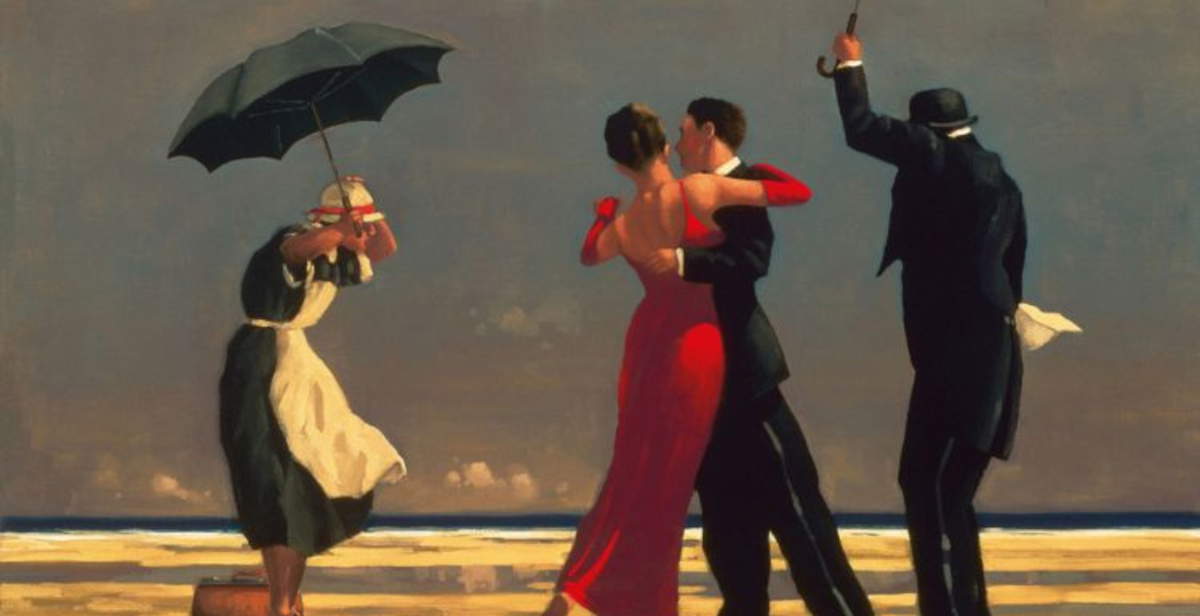 |
| Jack Vettriano on show at Milan's Permanente: retrospective for Scottish artist |
Warning: the translation into English of the original Italian article was created using automatic tools. We undertake to review all articles, but we do not guarantee the total absence of inaccuracies in the translation due to the program. You can find the original by clicking on the ITA button. If you find any mistake,please contact us.